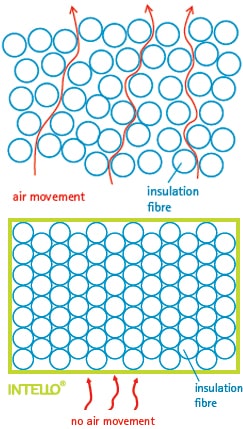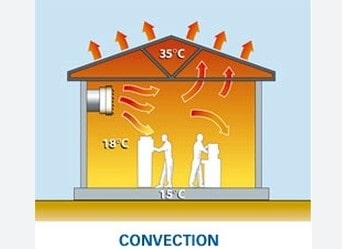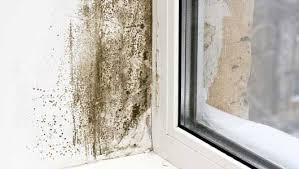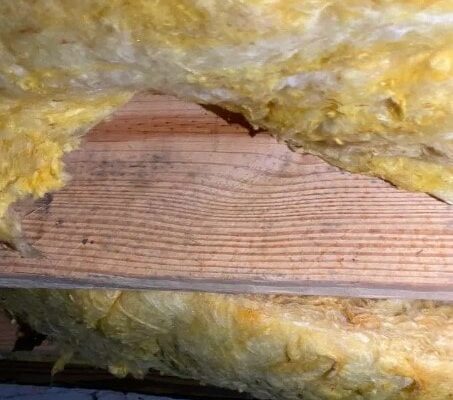The effort to maintain a constant and comfortable temperature inside your home is hindered primarily by two forces: conduction and convection.
Did you know that 40% of heat lost from an average minimum code built home in New Zealand is through convection? What are the effects, and how can we help to control them?
Conduction v Convection
Conduction is the transfer of heat through a solid material. This is what insulation is designed to prevent.
Convection is the heat transfer of air through gaps in the walls and roof of the home (as a gas or liquid). Outside air leaking into the home, or air infiltration, is responsible for 40 percent of heat or cooling loss in the average home.
Air Filtration & The Risks
When air moves through insulation like fibre glass, it fills and escapes from the space within the material. This reduces the insulation’s effectiveness.
But the risks go beyond higher energy bills and poor thermal performance. Without a proper airtight barrier, air infiltration can carry moisture into wall cavities, leading to hidden mould growth. This not only damages the building but also compromises indoor air quality, potentially causing health issues for the people living inside.
How Air Tightness Can Help
An airtightness layer works in tandem with continuous insulation to form a barrier that together stops uncontrolled air movement, moisture transfer, and heat loss. In other words, this combination helps manage both conduction and convection through smart design and material choices.
With a well-sealed thermal envelope in place, air movement, humidity, and indoor temperature can be effectively regulated by a mechanical heat recovery ventilation (MHRV) system, ensuring a comfortable, healthy indoor environment.
How Can Air Tightness Be Achieved?
- Structural Insulated Panels – One way to achieve air tightness is the use of SIPs. SIPs not only serve as a framing and insulation material with significantly less thermal bridging, but also as a code compliant air barrier. The combination of its airtight properties and the closed cell structure means when installed correctly and made airtight, air cannot enter and escape at all and the insulation performance properties are unchanged.
- Timber Frame & Airtight Membrane – This air tightness layer can also be achieved in timber framed construction by correctly installing an airtight barrier, usually in the form of a building wrap forming an airtight envelope, along with appropriate tapes and seals.
Without an airtight barrier in a timber frame home, researchers at Oakridge National Laboratory found that their home constructed with SIPs was 15 times more airtight than the same timber frame home with fibreglass insulation, when measured by a blower door test.

Image: proclima
In Summary:
Whatever your preferred construction method, air tightness is important to control uncontrolled air movement, and therefore thermal and moisture movement.
SIPs ticks the box in terms of straightforward provision of air tightness and protection against the risks from convection. This results from its intrinsic structure and closed cell insulation composition.
In traditional framing, an airtight barrier to the building envelope is recommended, along with an additional layer of continuous insulation in the service cavity to provide a thermal break for the studs.
READ OUR NEXT BLOG – Reducing the Risk of Mould with Passive House Design.
references:
www.sips.org/resources
www.greenbuildingsolutions.org/blog





